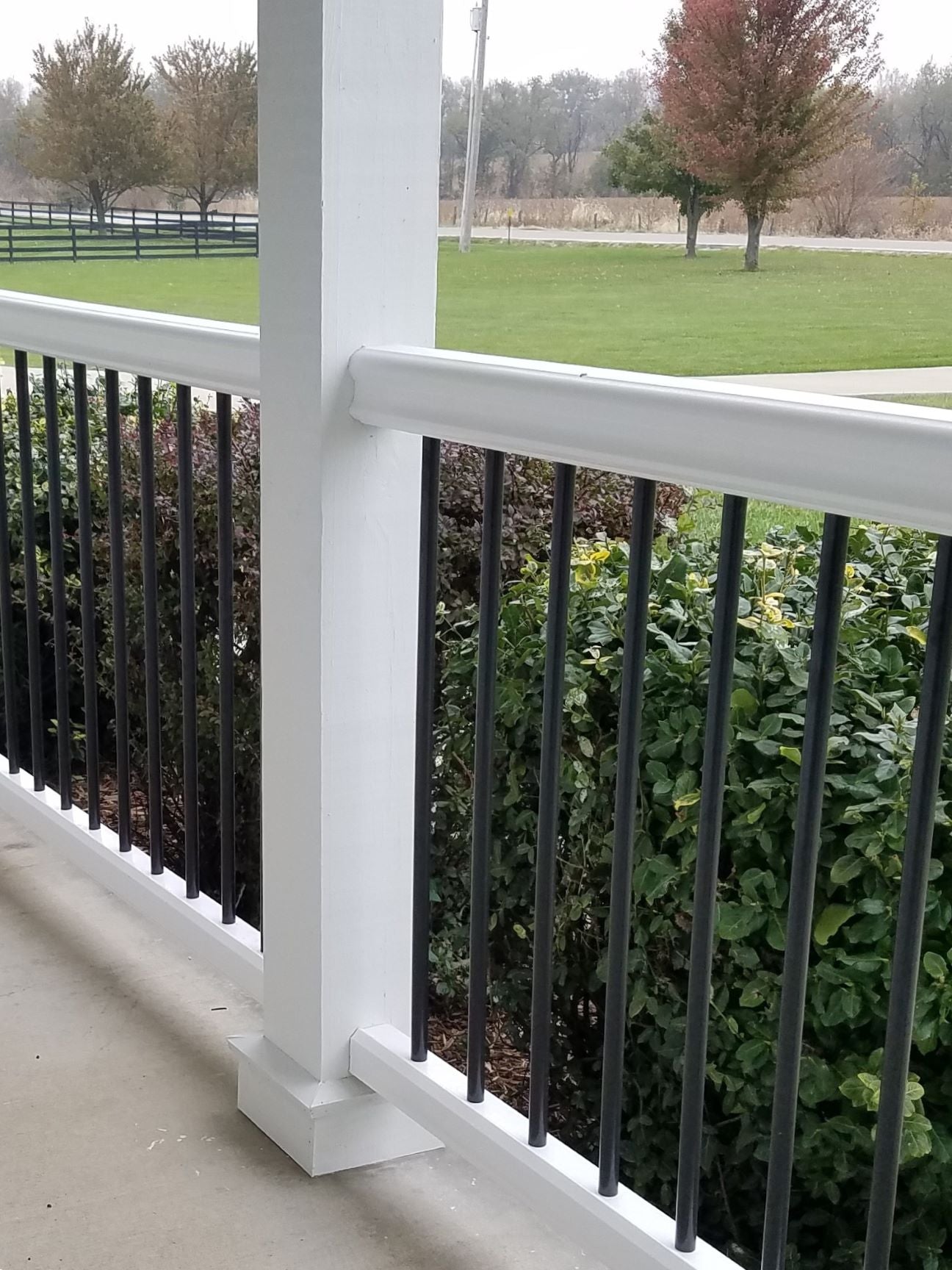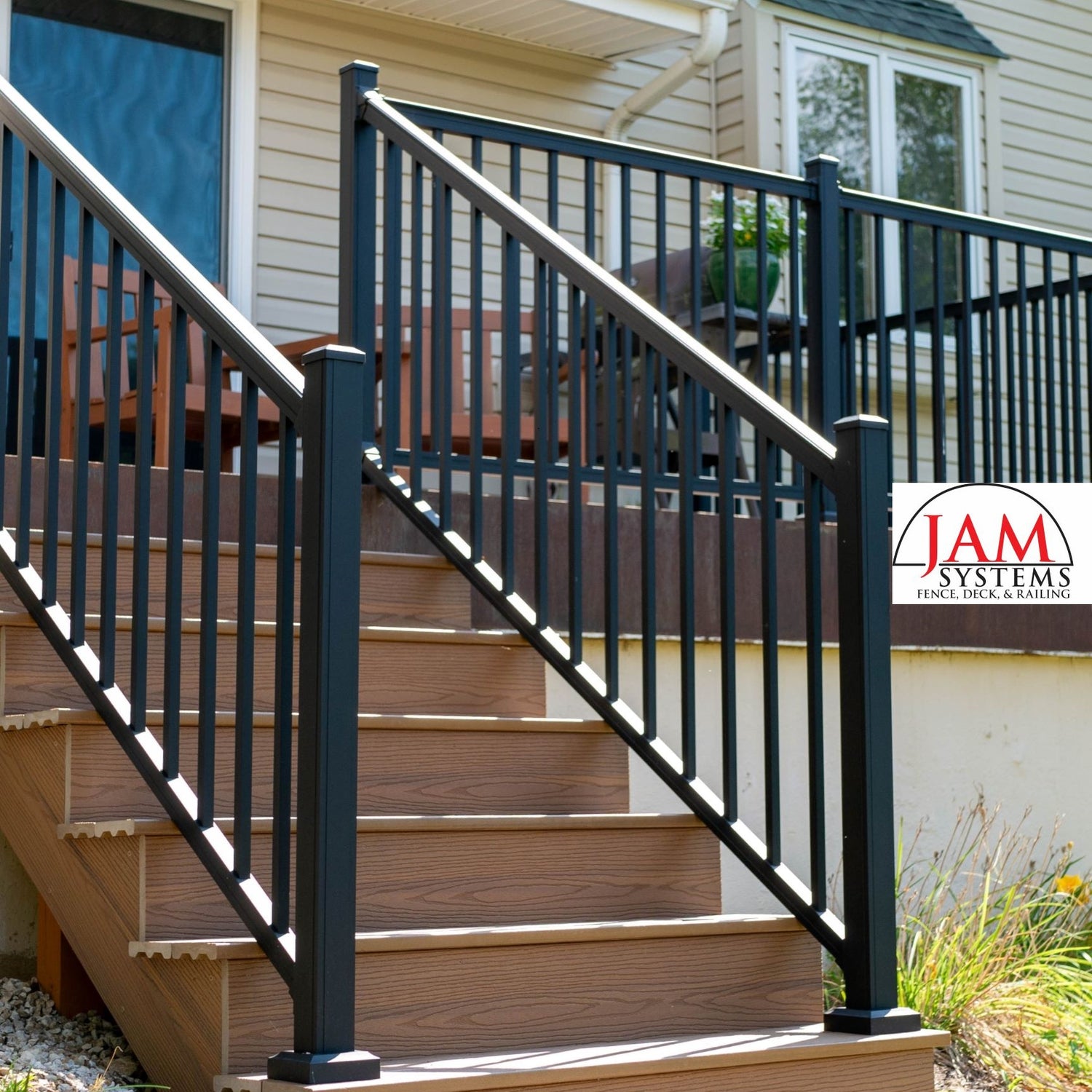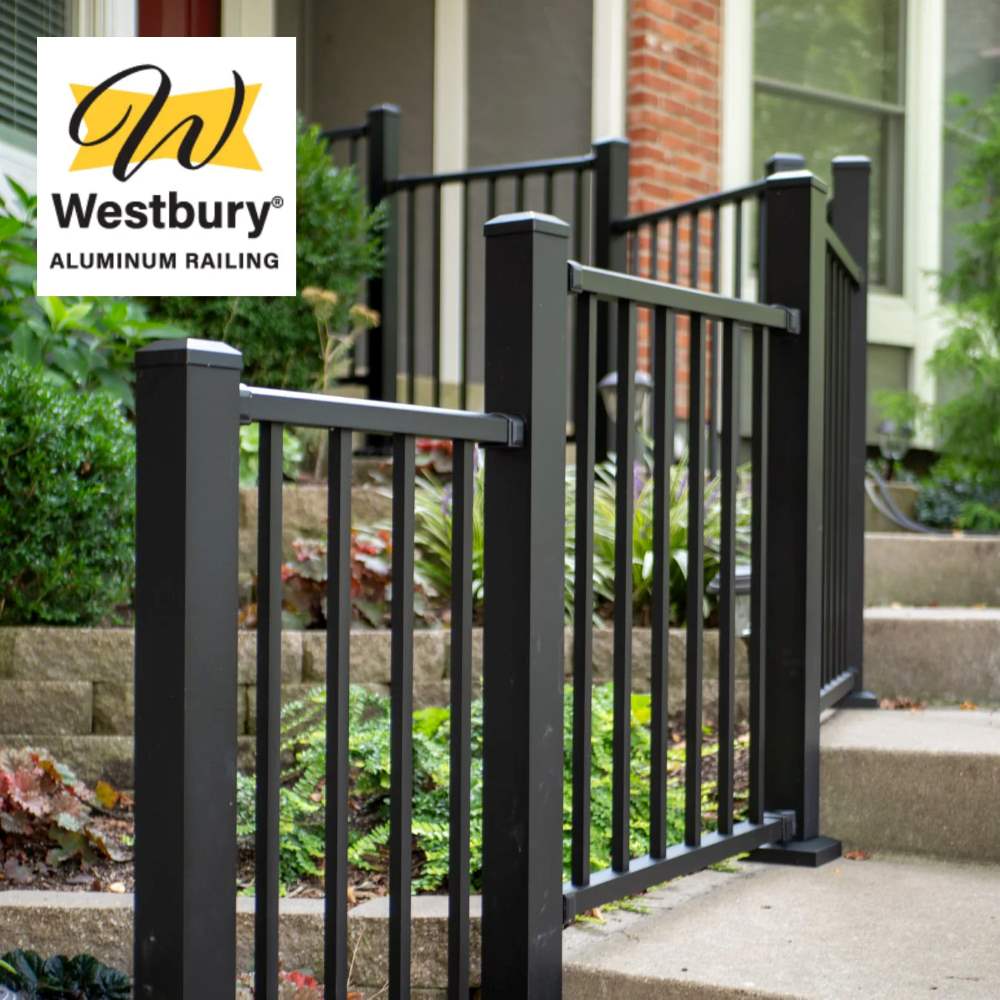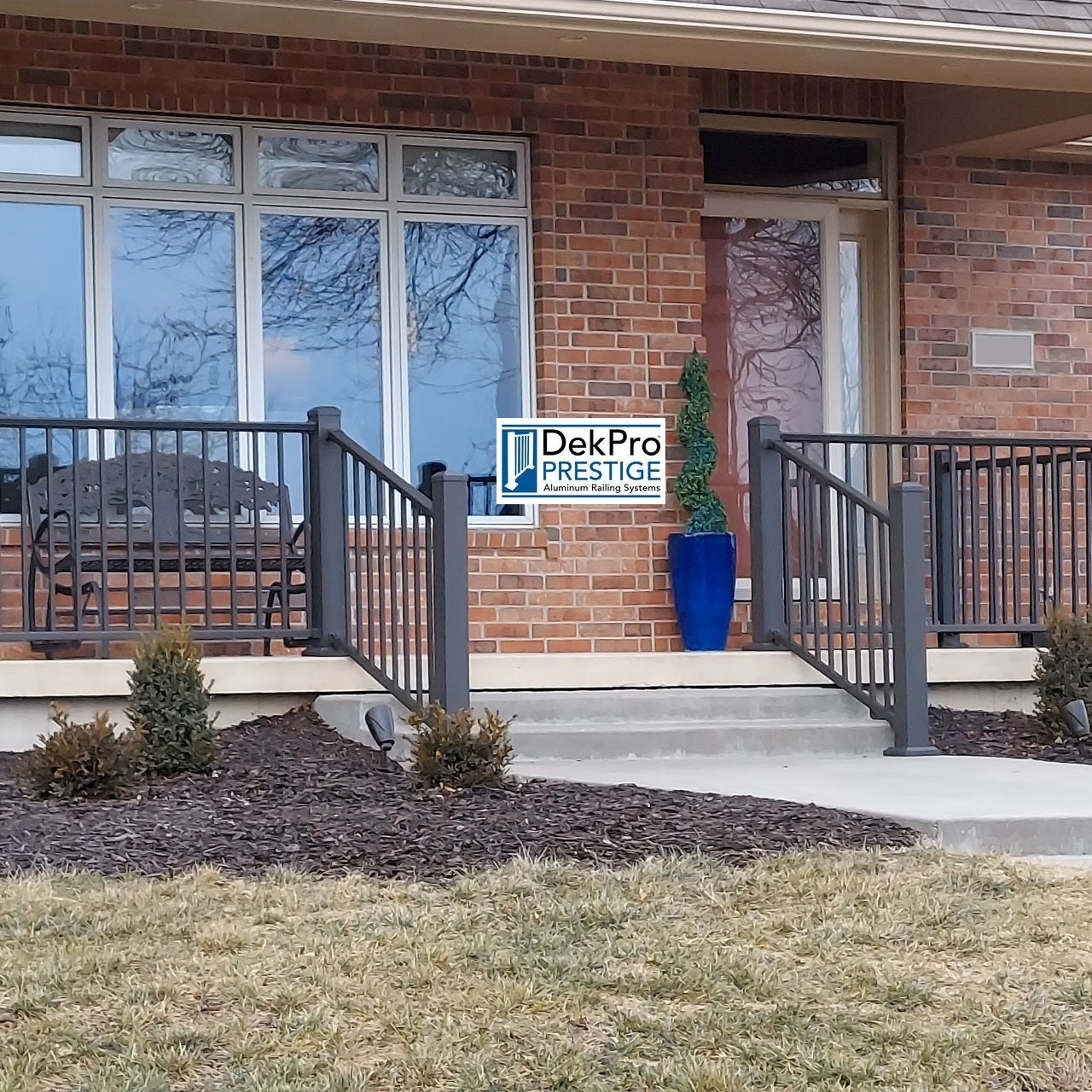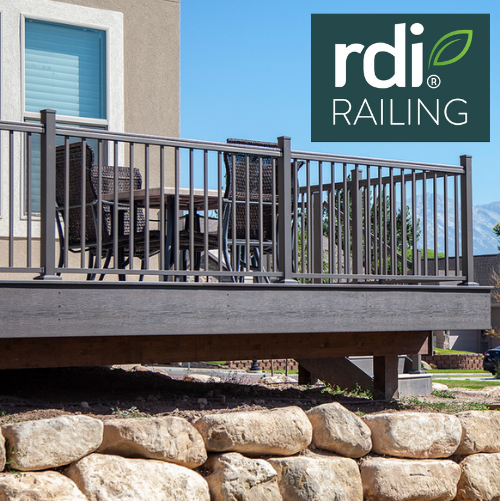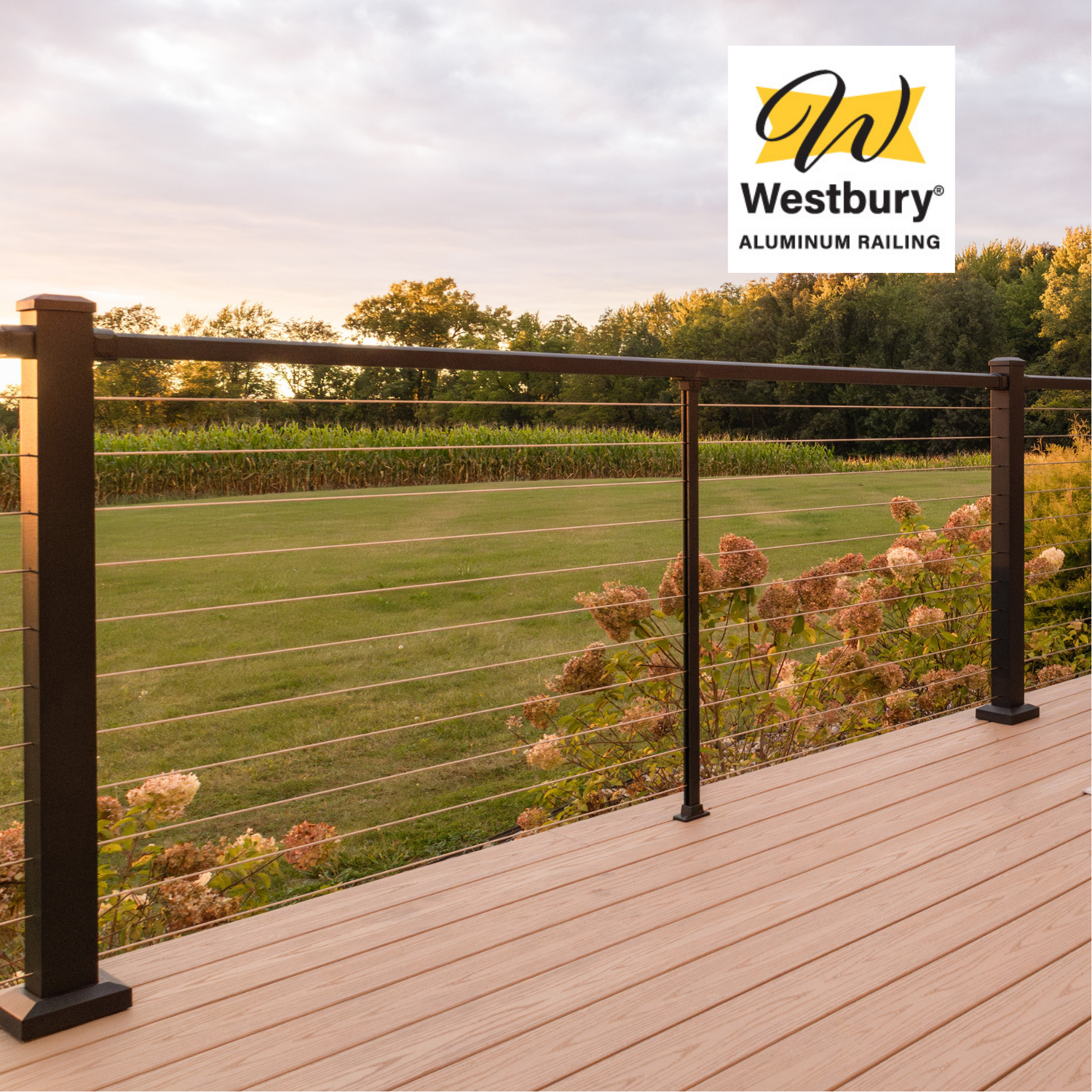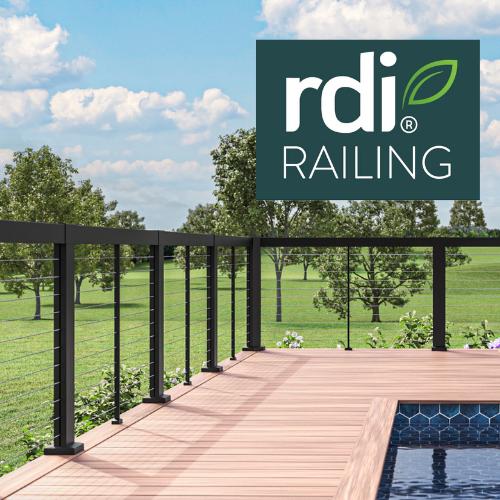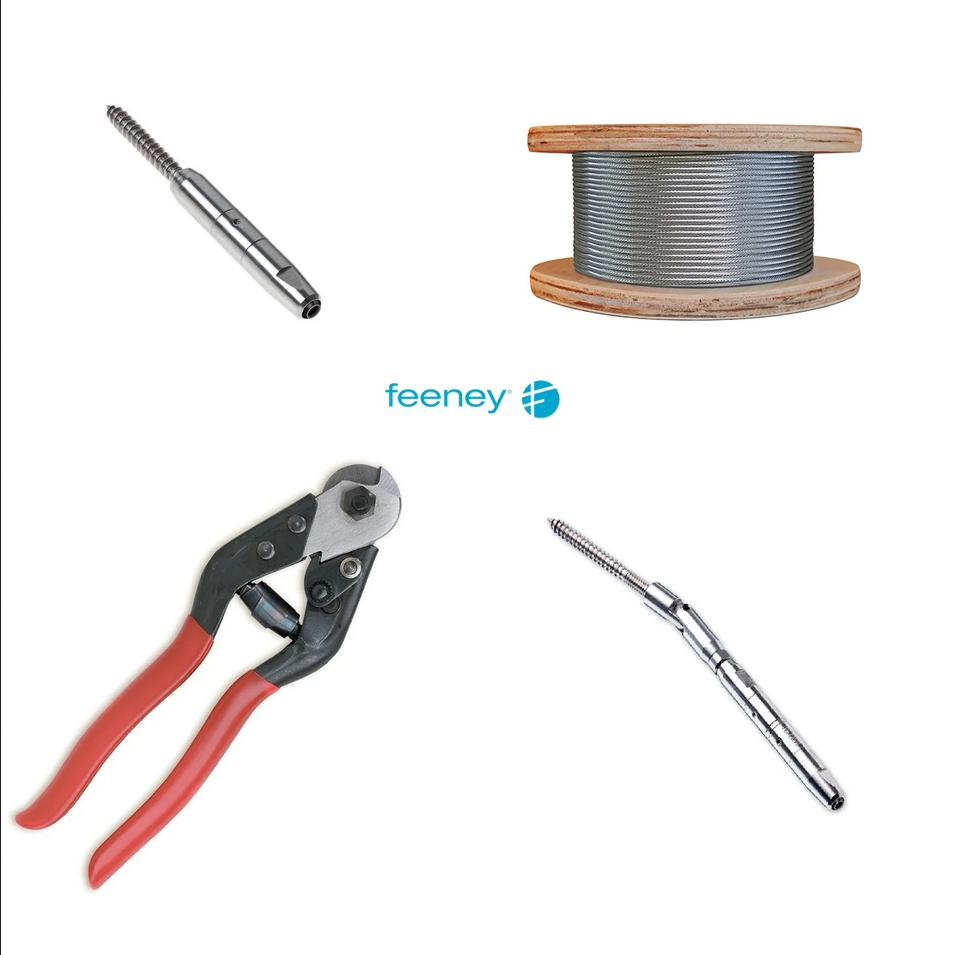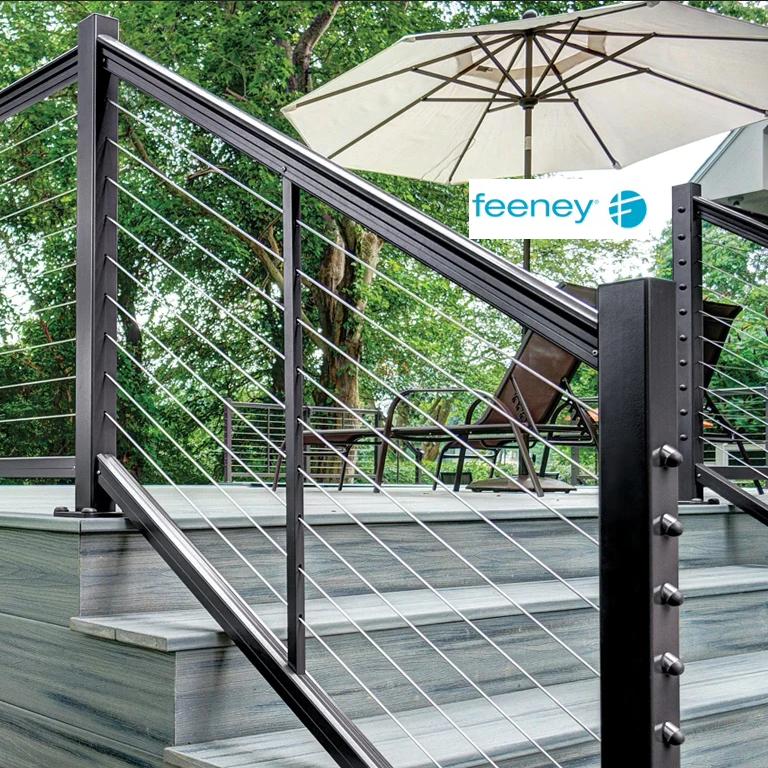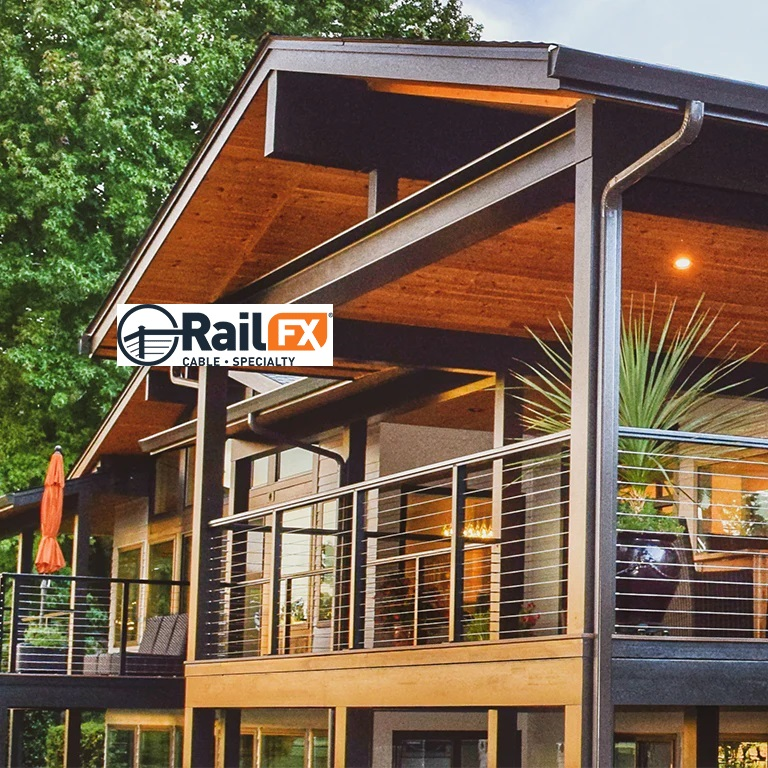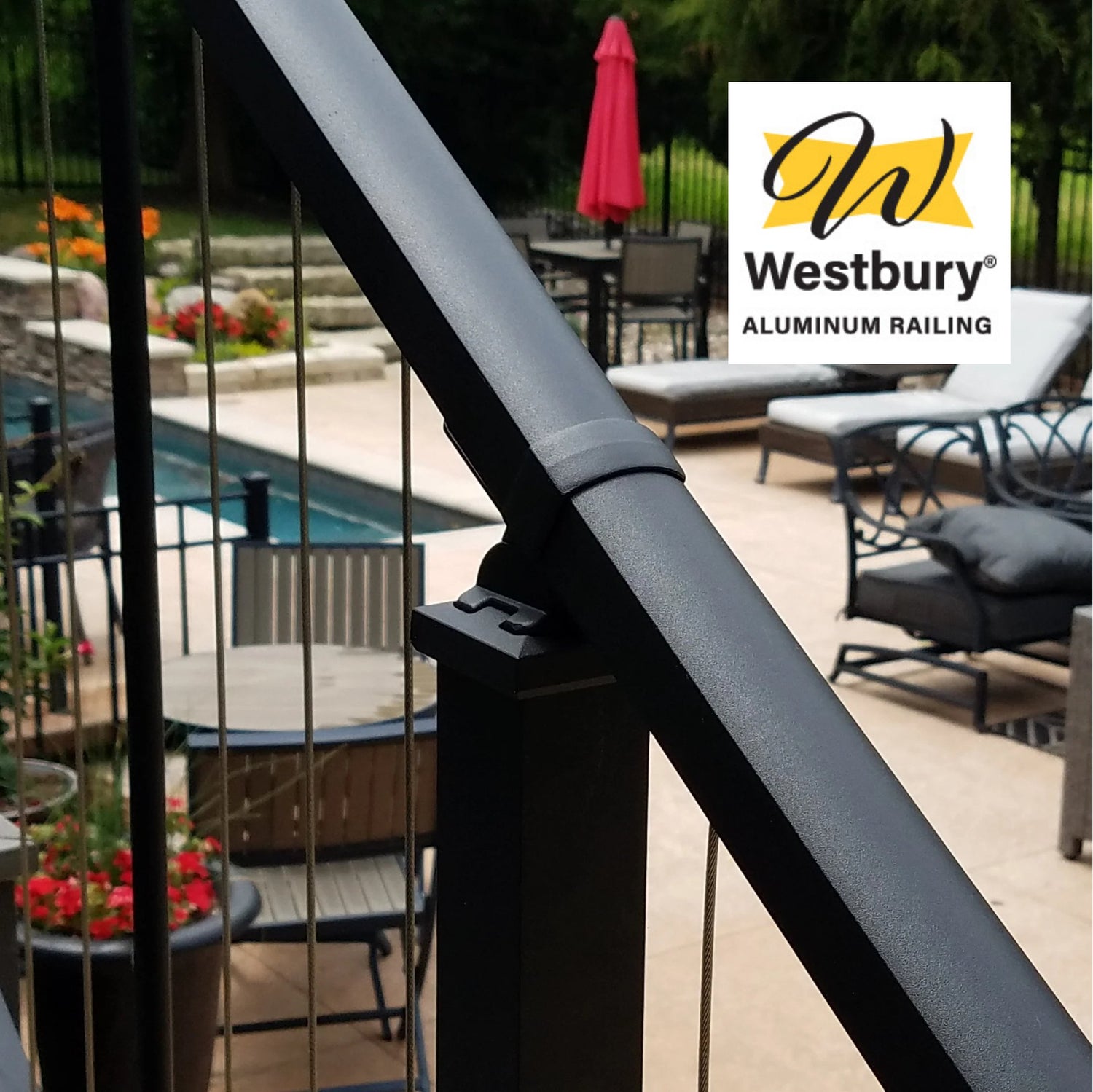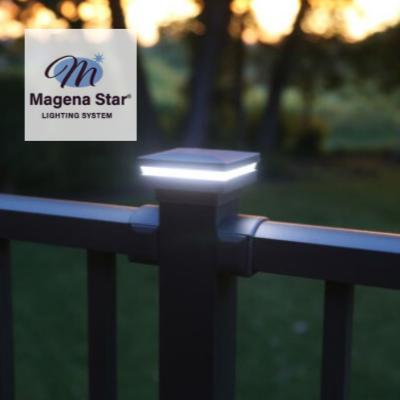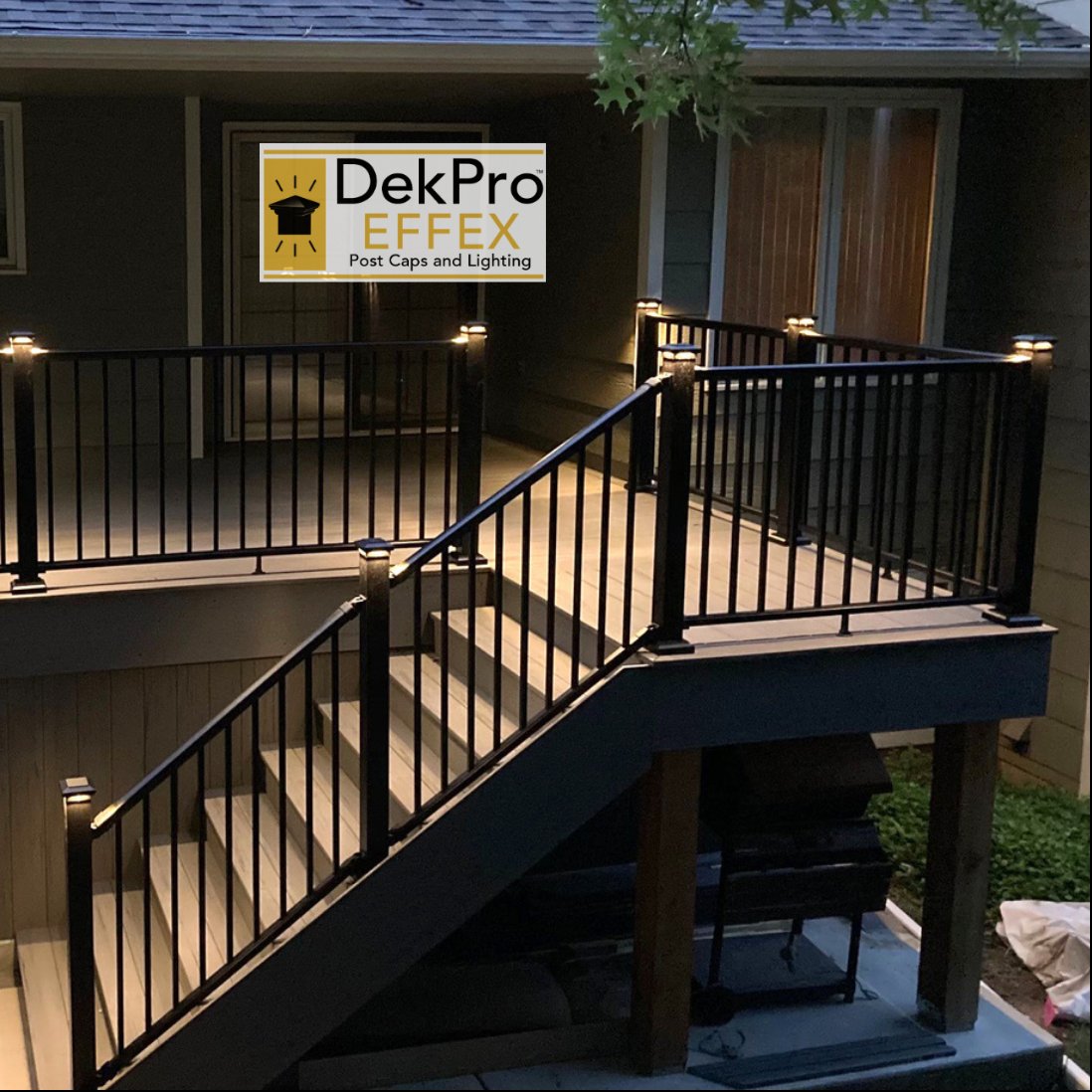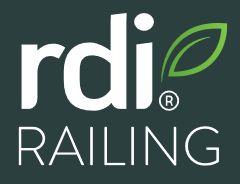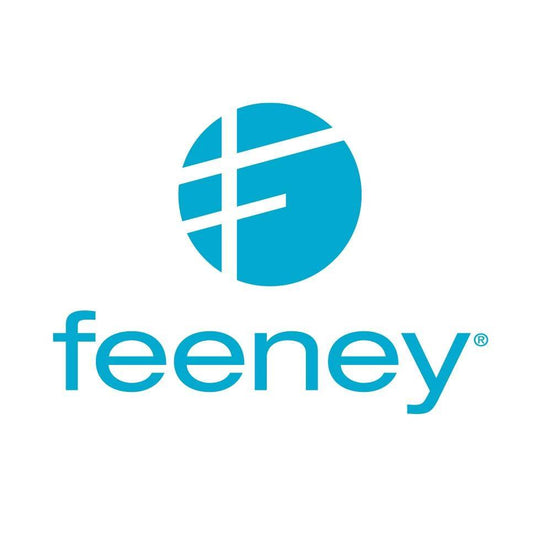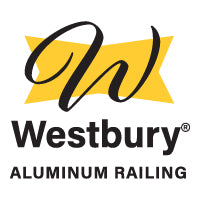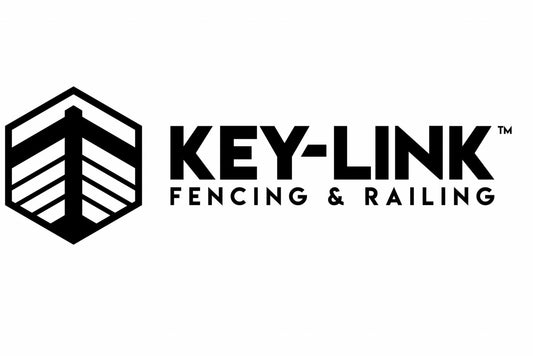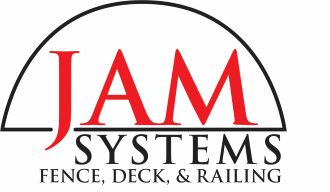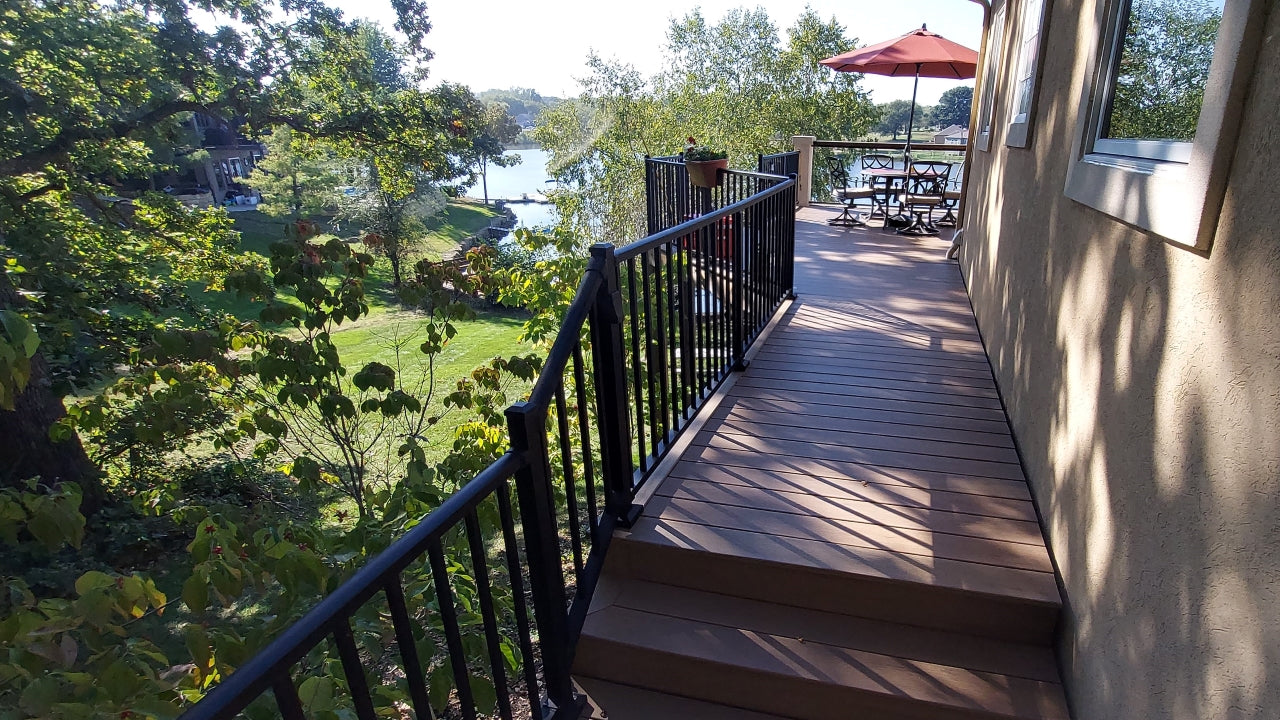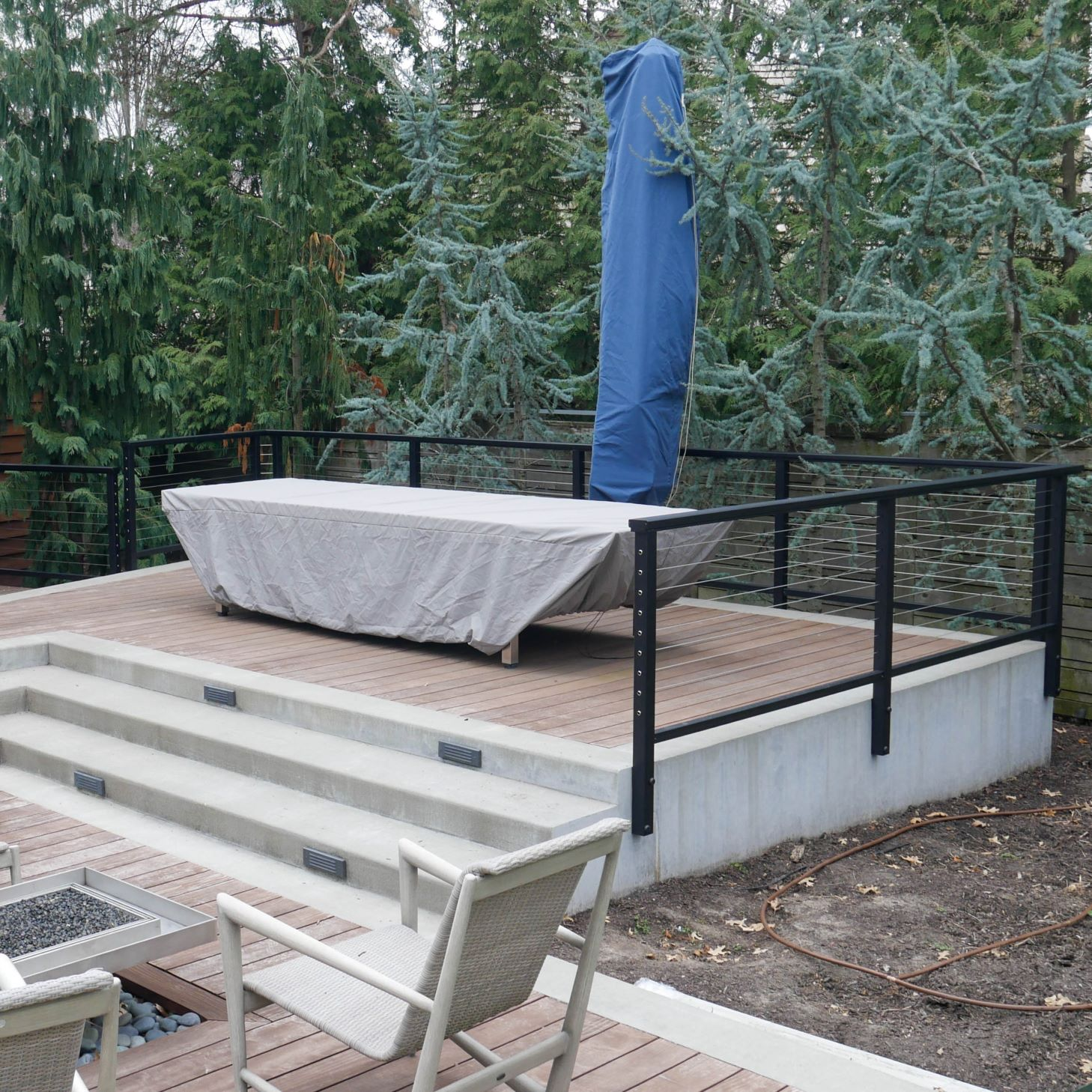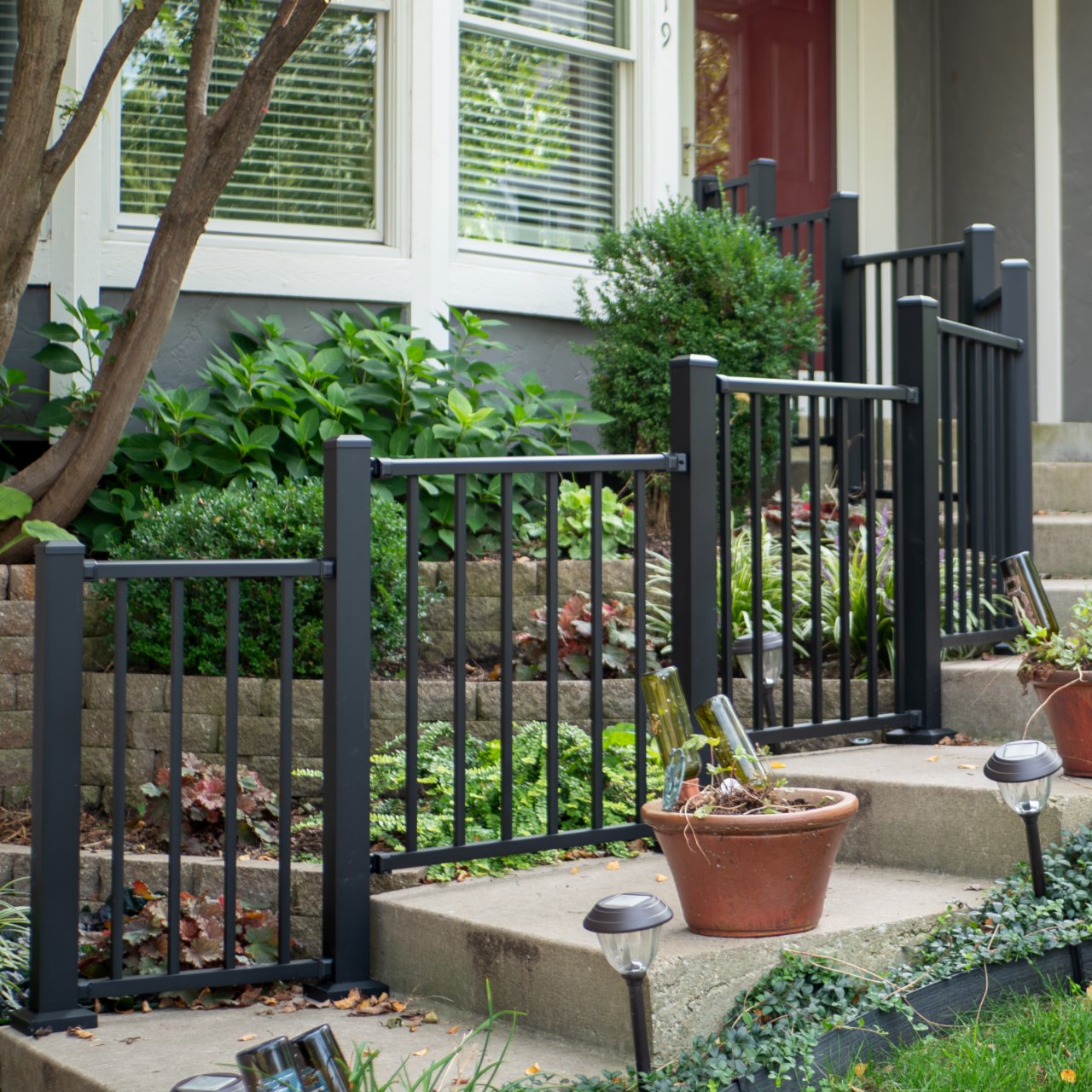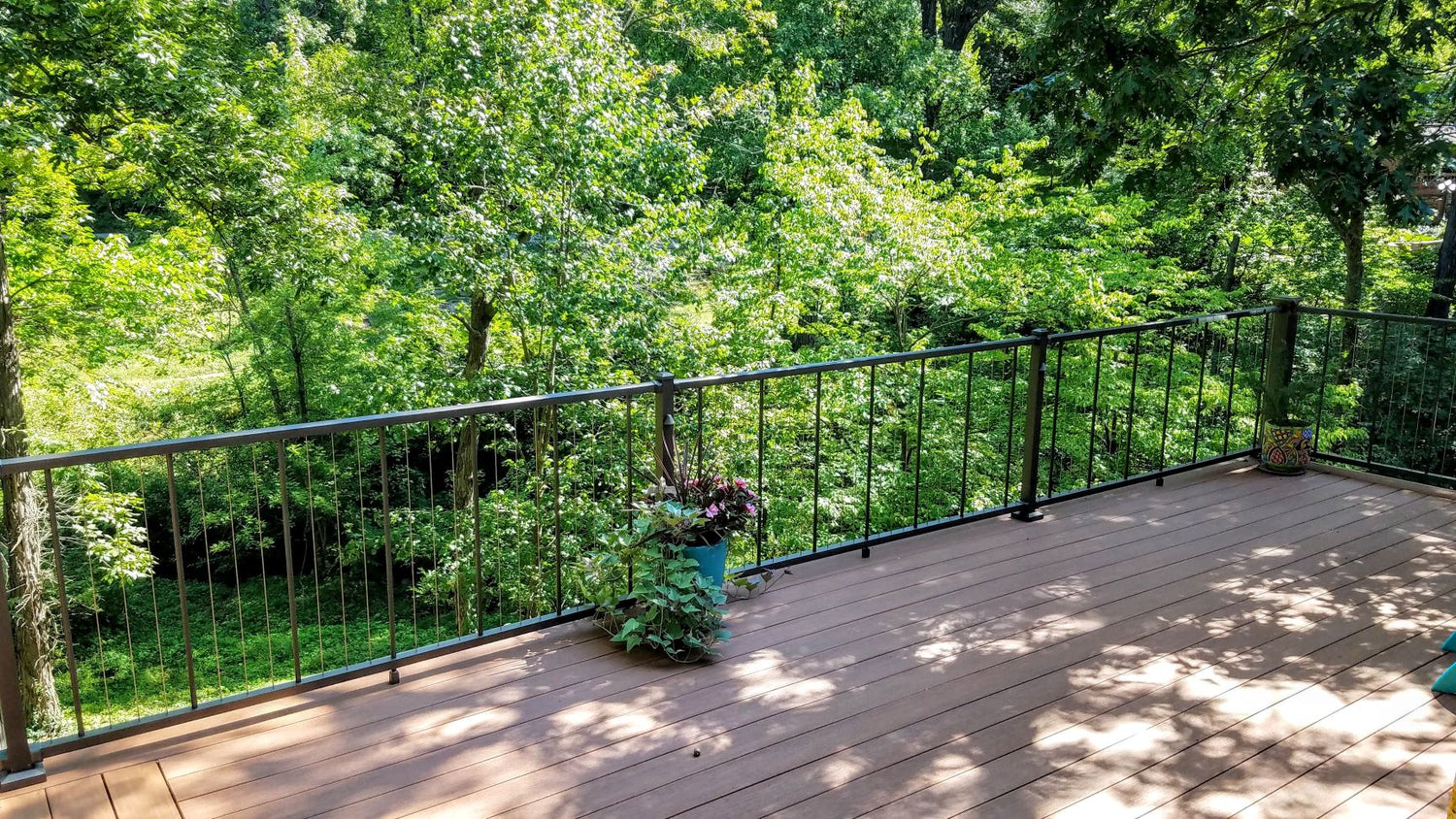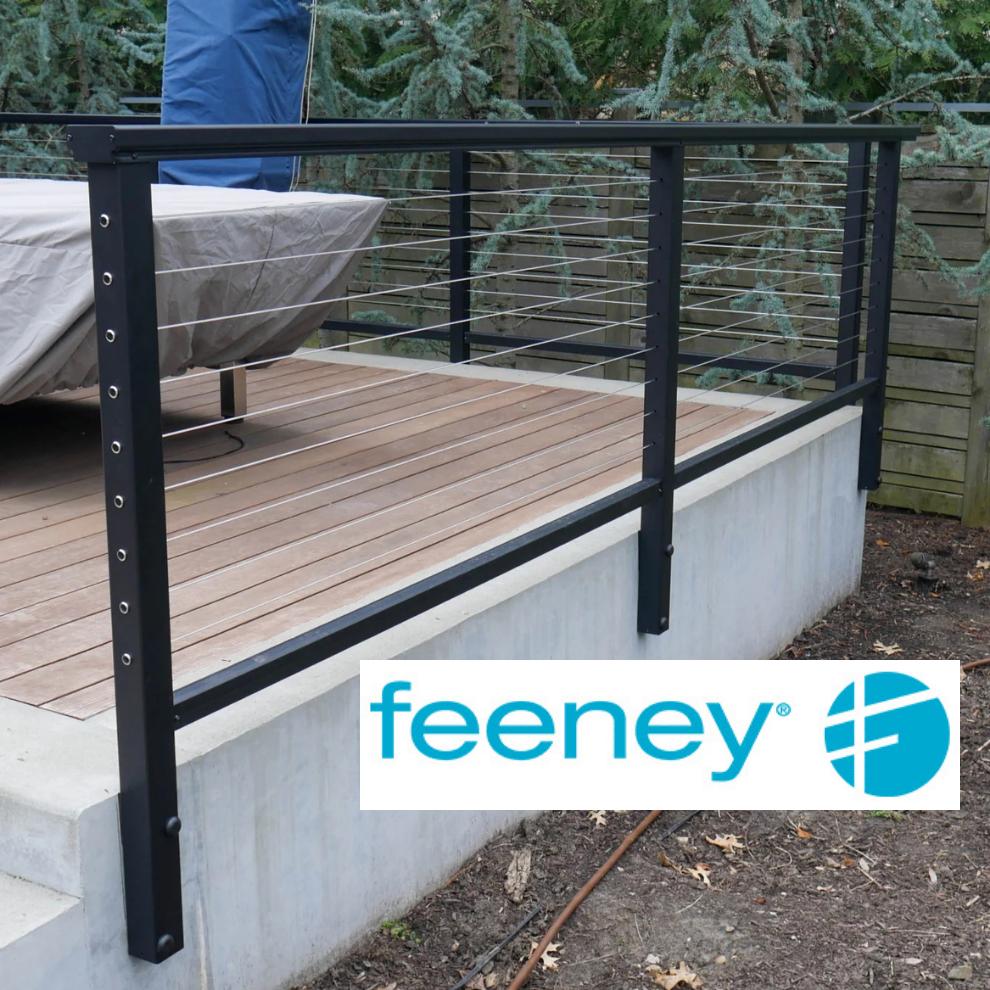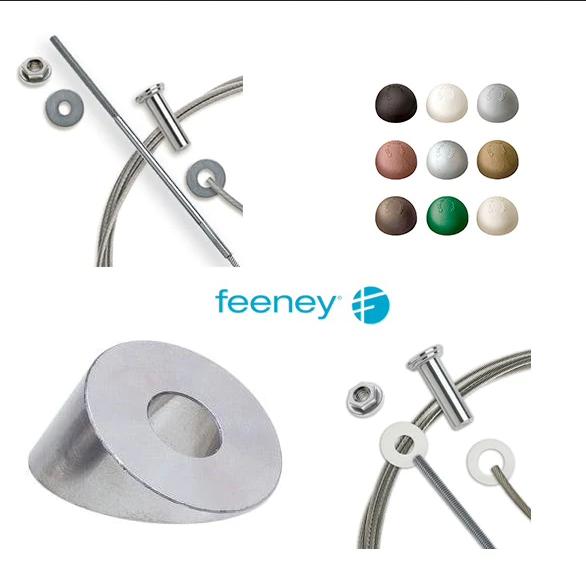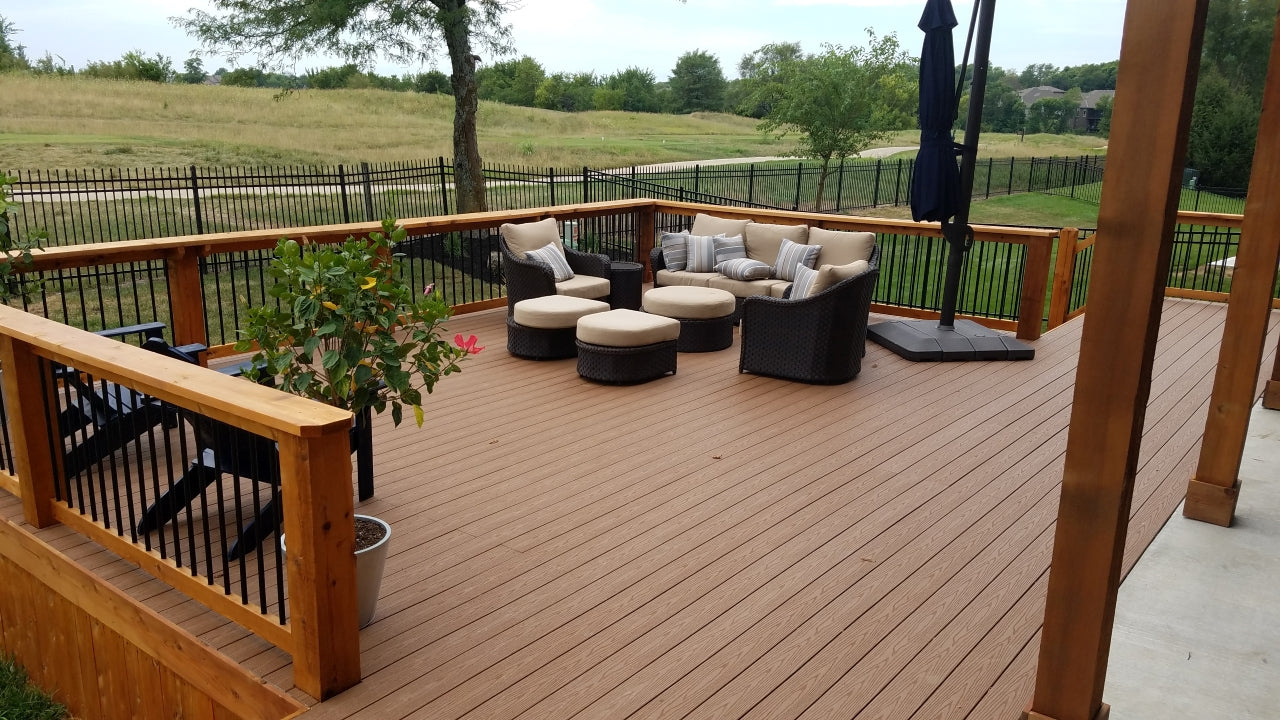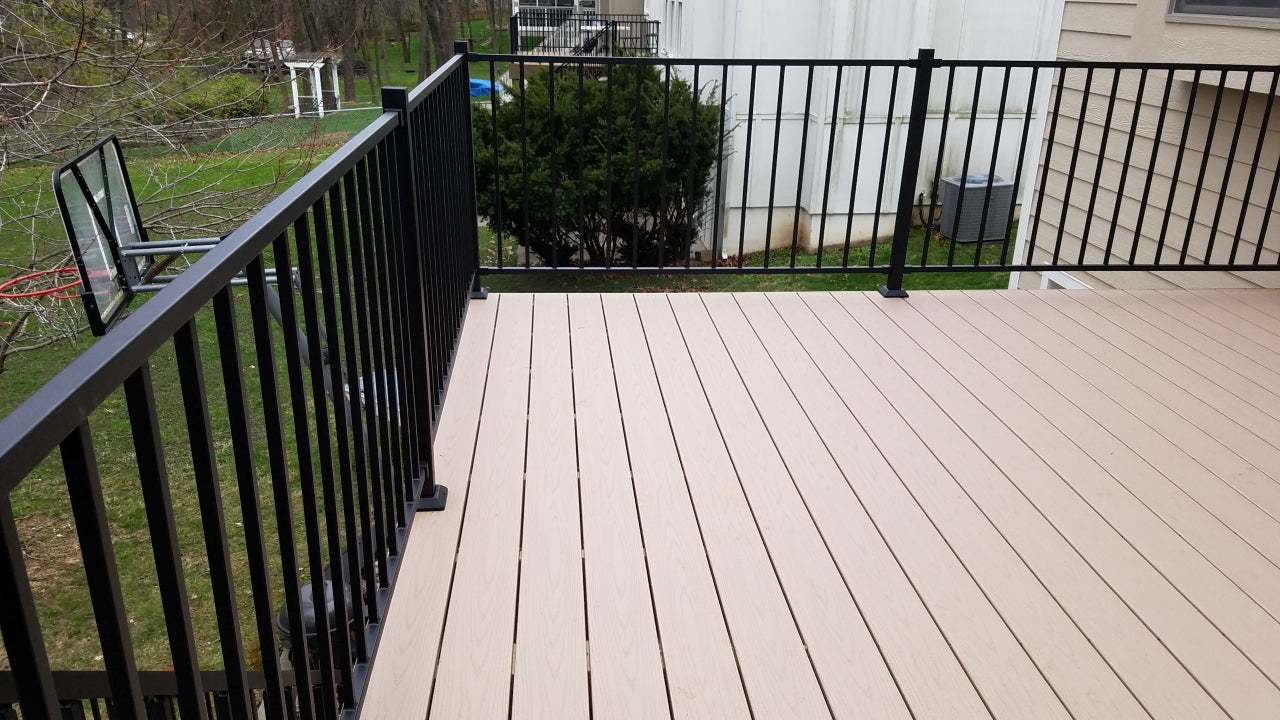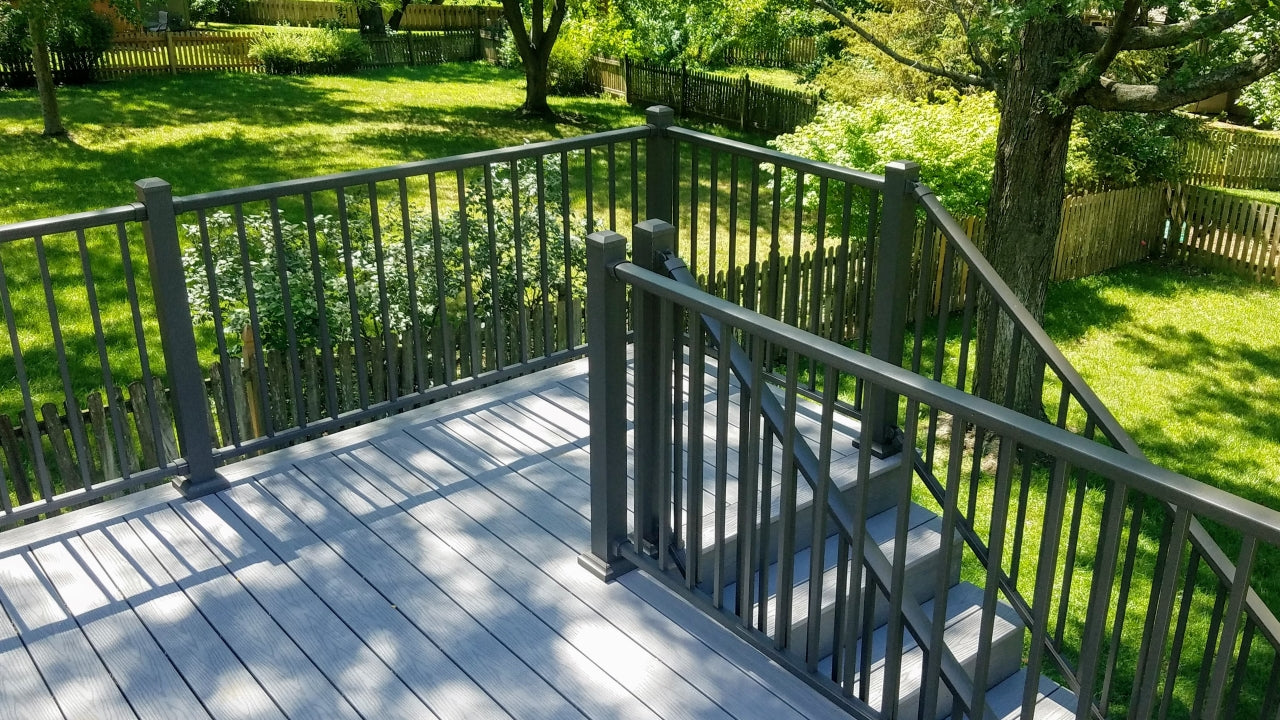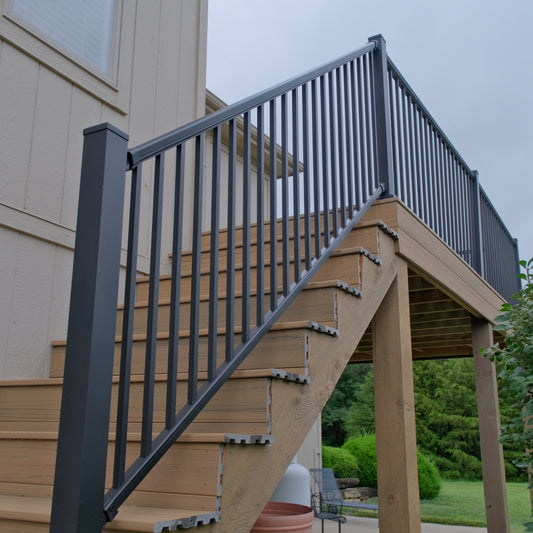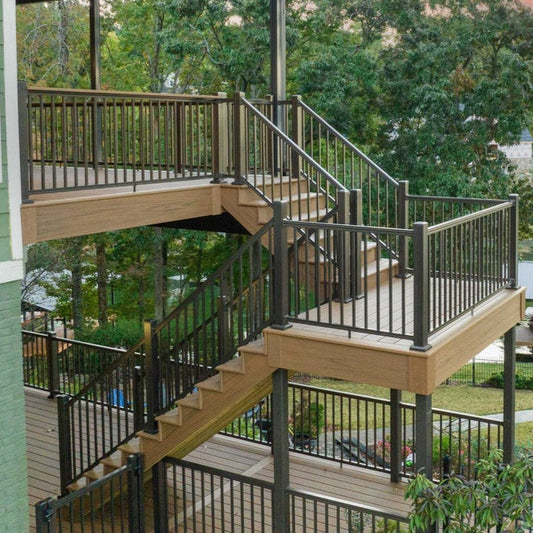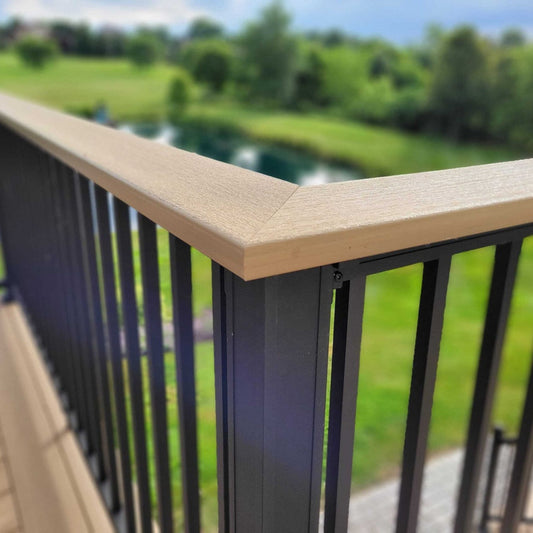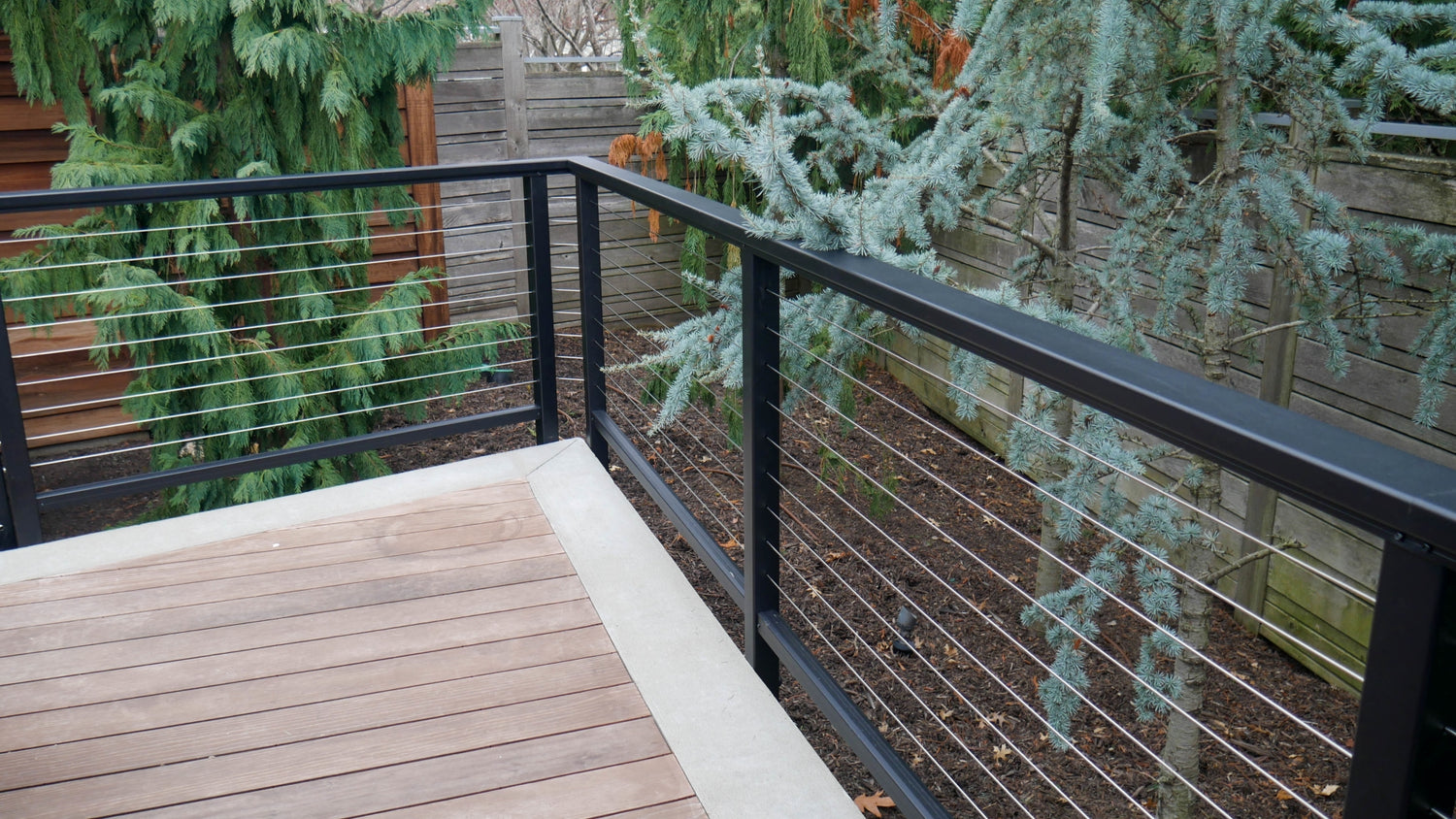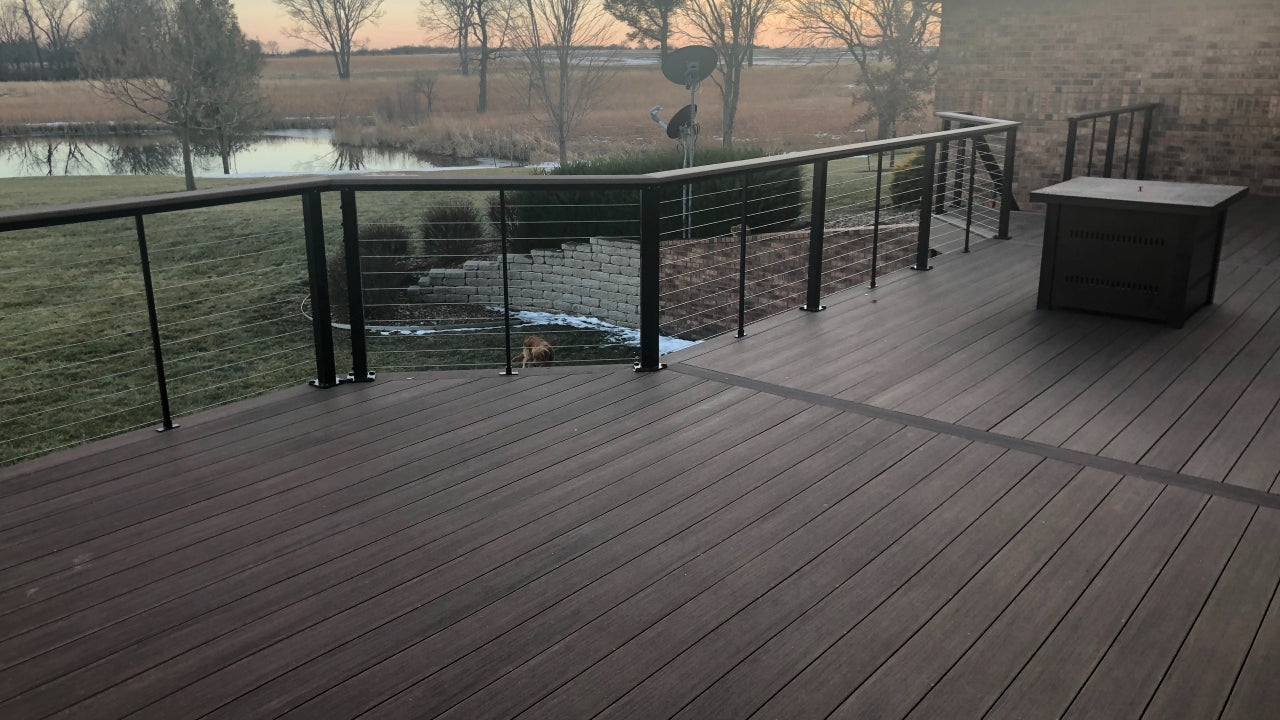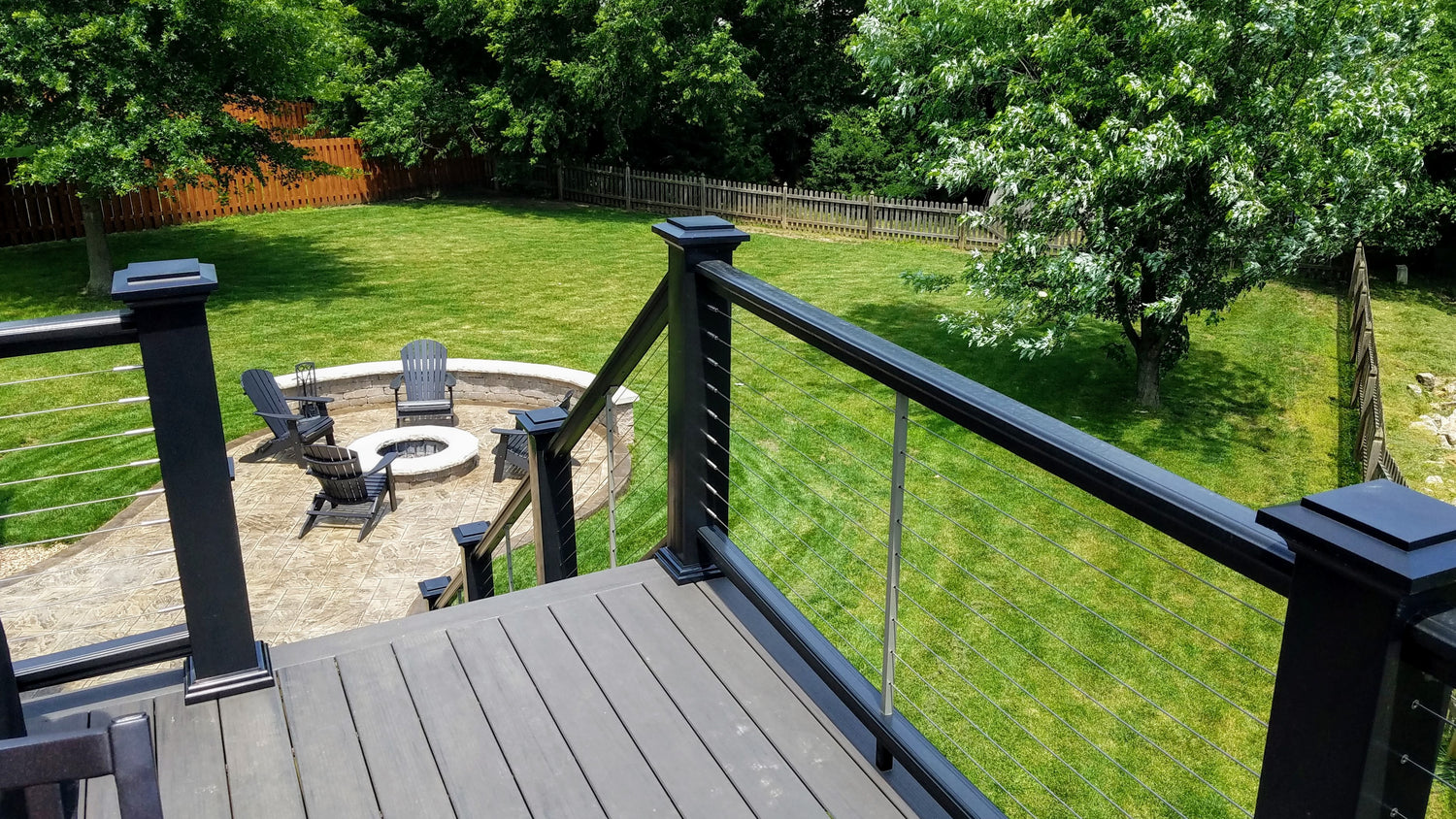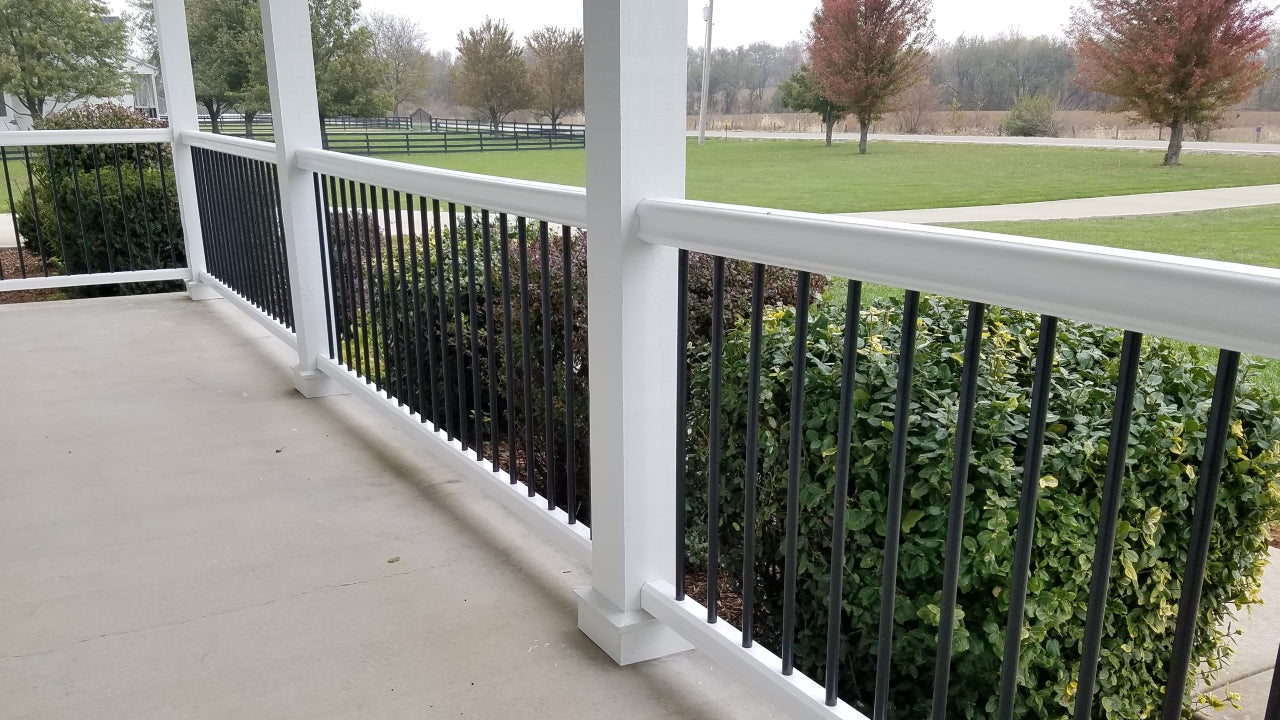- What is Deck Railing?
- Railing Cost - how much does handrail cost per foot?
- Types of Railing - what are the different types of handrail?
- Cheapest Rail - what is best priced railing
- Cost Comparison - what is the difference in price between types of handrail?
- Best Value - What type of railing has the best value?
- Aluminum Rail Costs - How much does aluminum railing cost, compared to Composite, Vertical Cable and Horizontal Cable?
Let's see if we can help better understand the cost and value of deck railing systems!
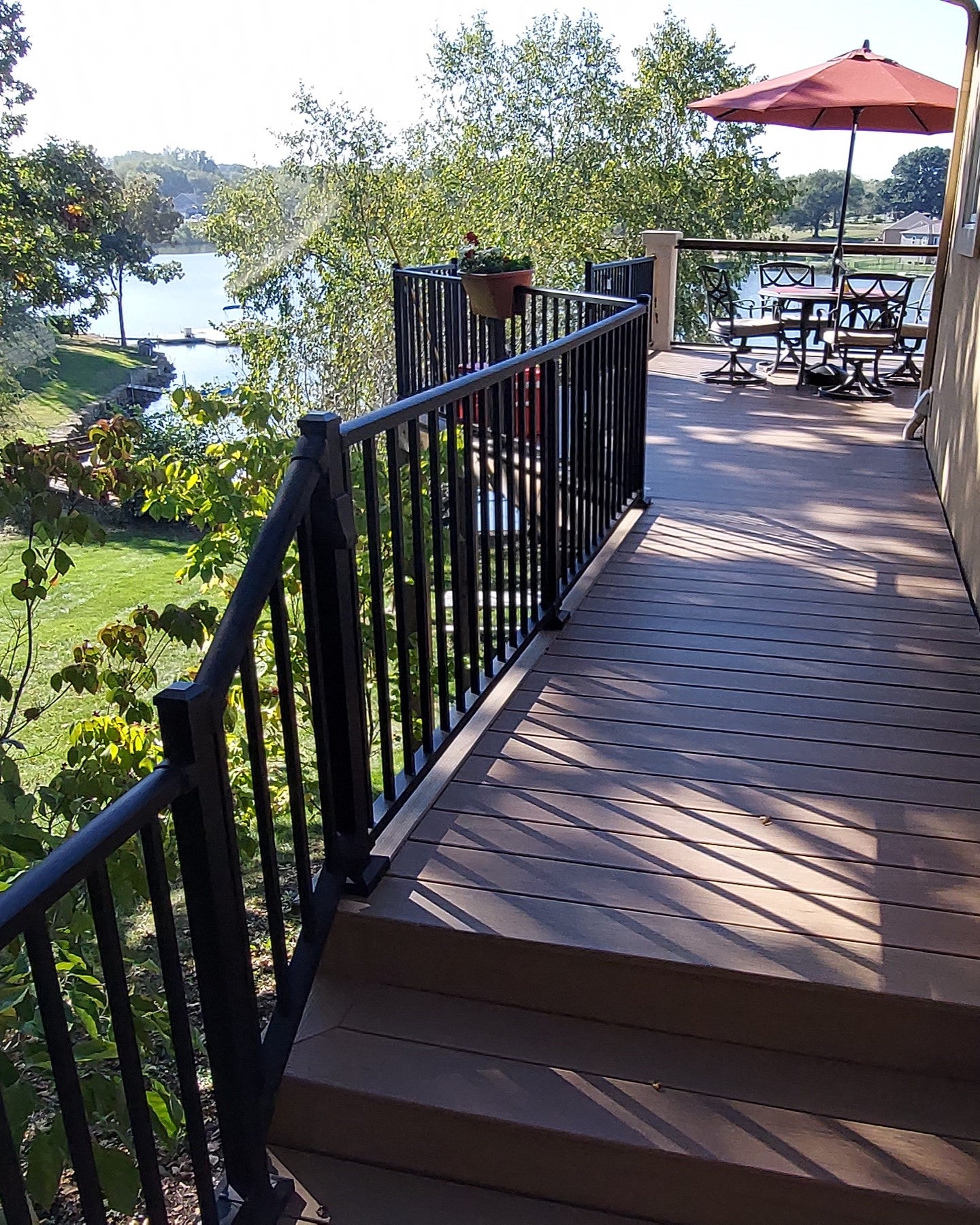
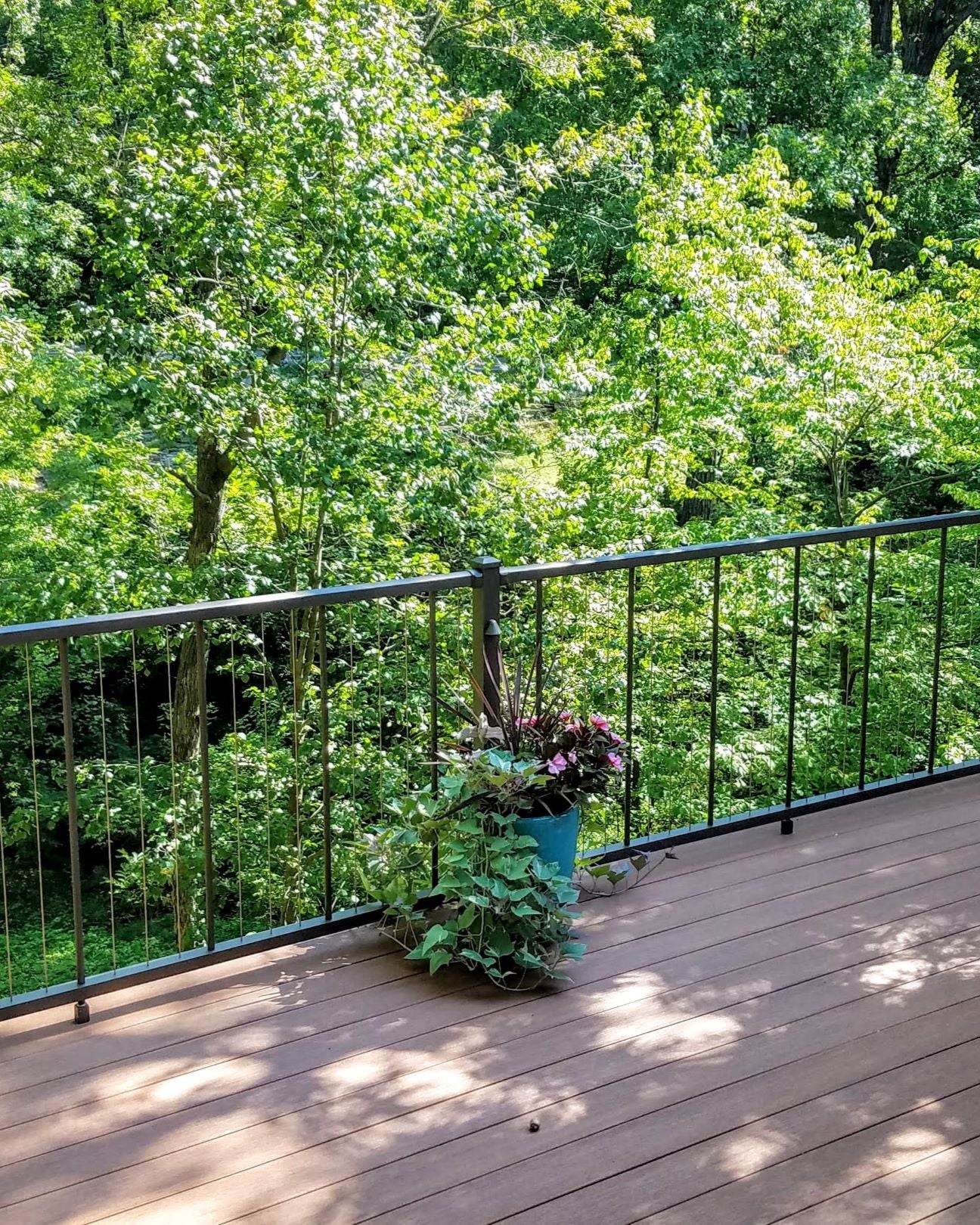
All Railing Collections
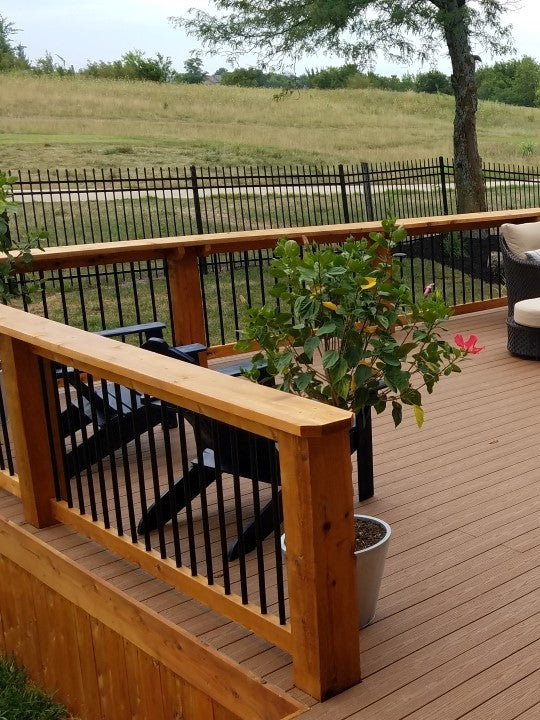
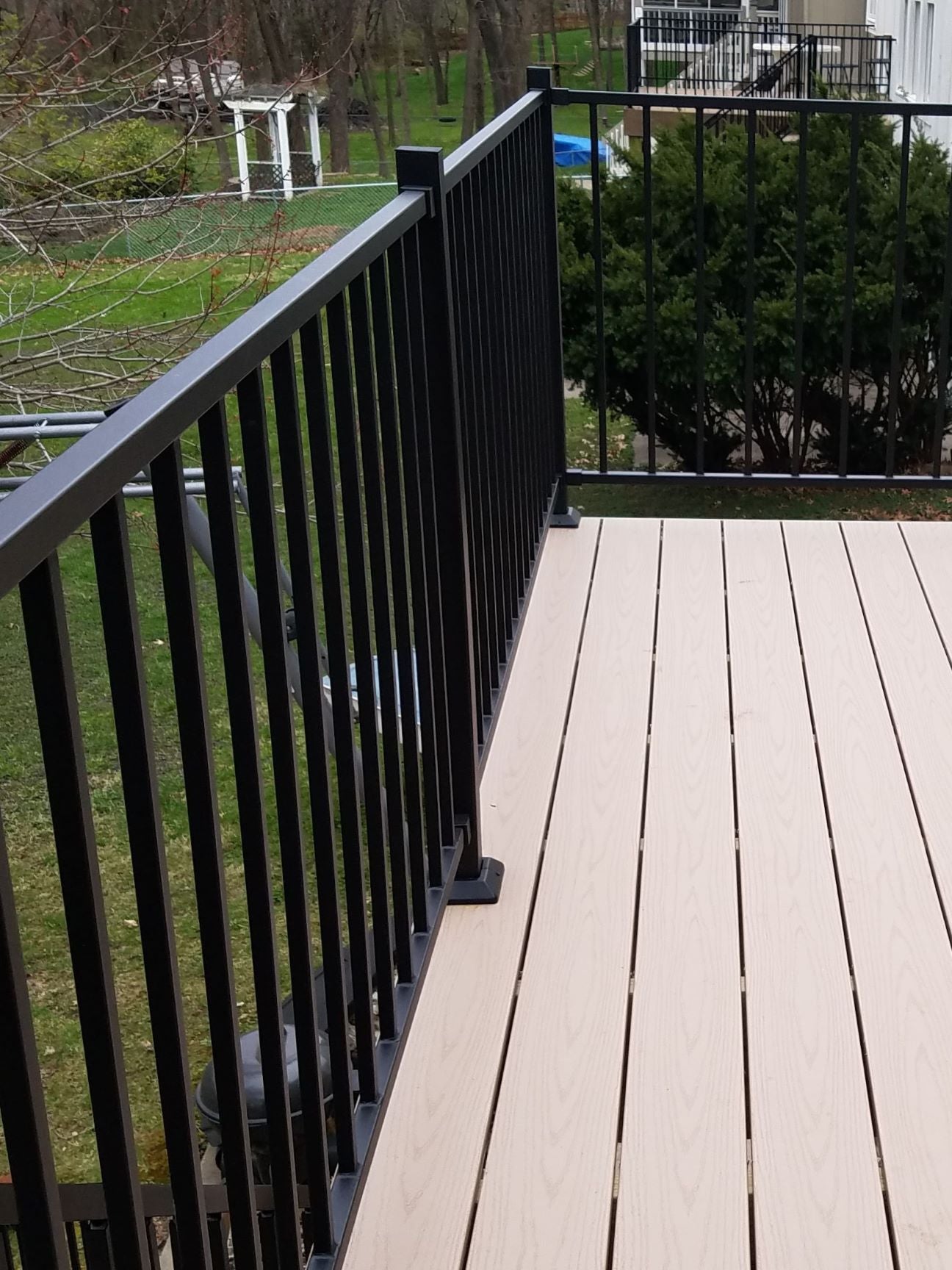
Aluminum Railing
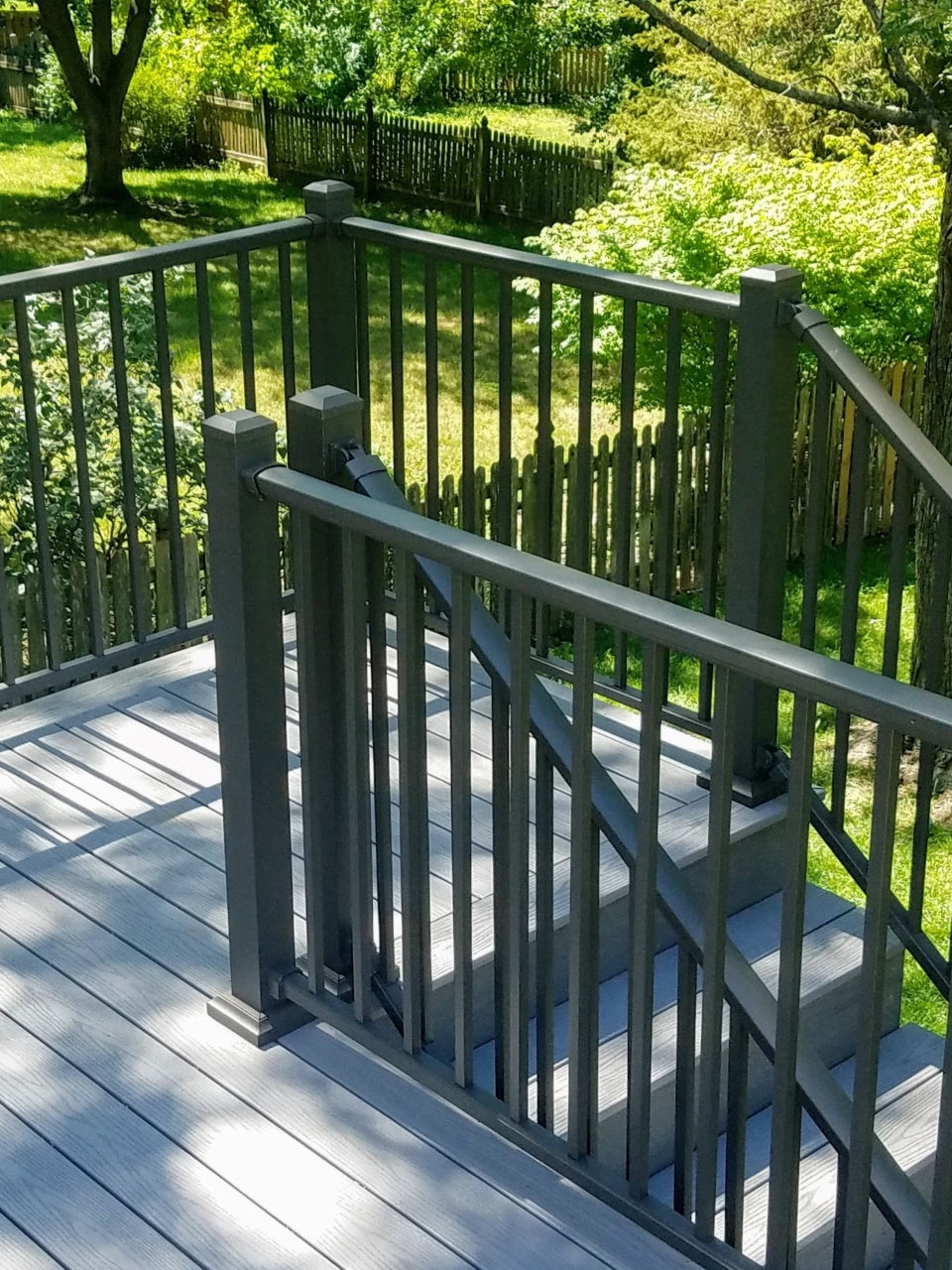
Aluminum Railing Collections
See top selling aluminum rail collections and compare products
Aluminum Rail

DekPro Prestige Aluminum Rail Kit
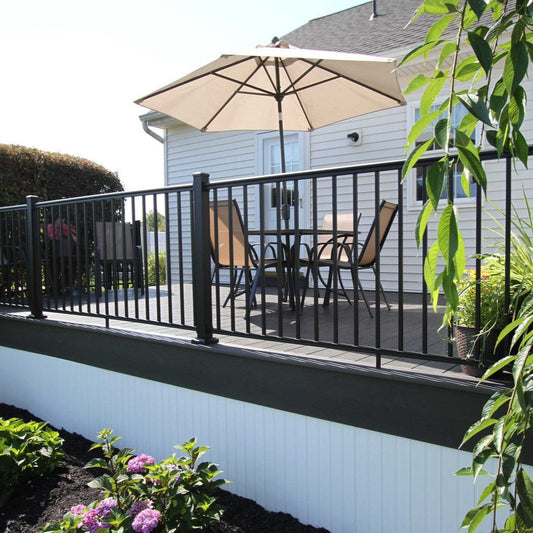
KeyLink American Aluminum Level Rail Kit
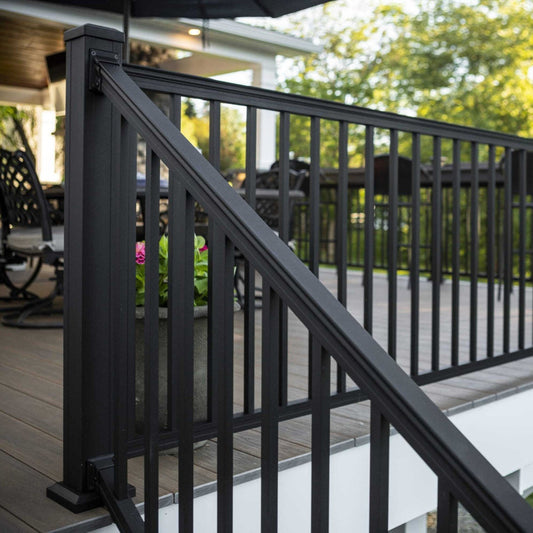
KeyLink American 36 in. Alum. Stair Rail
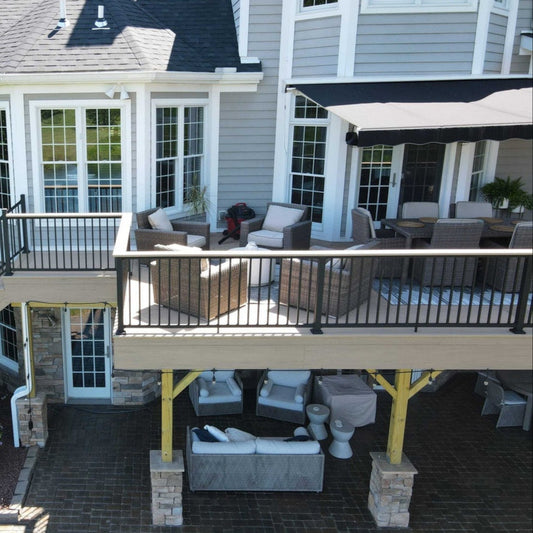
Chesapeake Square Baluster Infill Rail Kit
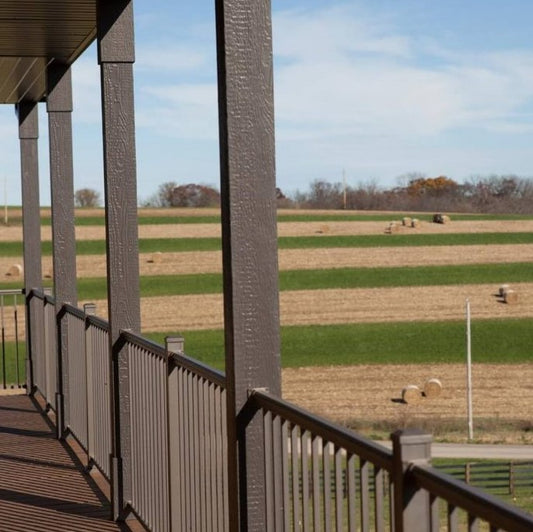
Outlook Aluminum 36 in. Rail Kit by Key-Link
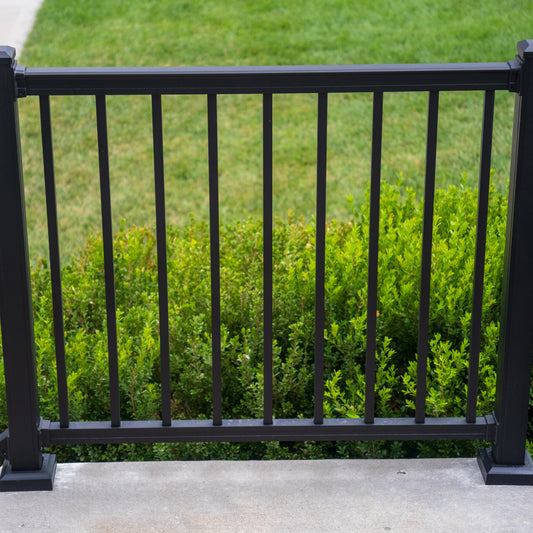
Advantage 36 in. Level Rail Kit
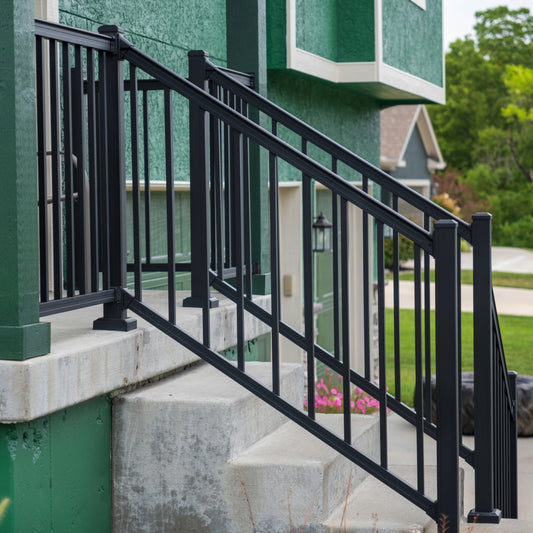
Advantage 36 in. Stair Rail Kit
Cable Railing
Cable railing has become the most popular and most sought after style of railing! The wire railing or cable railing is a great look for any application where a more transparent rail is desired, but exterior rated cable railing comes at a cost, and can easily be twice as expensive as Aluminum! Cable offers a minimally obstructed view and low-maintenance components made of 316 stainless steel, and powder coated aluminum posts and rails in two styles, Vertical Cable and Horizontal Cable. For 36" Rail, some options like Westbury C80 VertiCable, a vertical cable railing system, can offten be priced with options around $80-$100/lnft (material only). Elevation Rail by RDI is one of the best priced cable systems, and offeres a unique system and installation process, and can start as low as $100/foot. DesignRail by Feeney (which is a fully customizable railing of several top rail profiles, and color options) runs from $120/lnft to $150/lnft (material only,) and is considered the elite cable railing system. DesignRail Kits, on the other hand, is a collection by Feeney available in Black only, with series 150 Rail, a Horizontal Cable Railing at a lower cost than DesignRail. The huge advantage in this system are Kit Posts; which are pre-drilled to make the installation process as simple as can be! DesignRail Kits are available in two profiles, Classic and Modern
